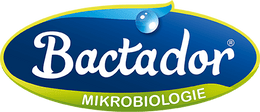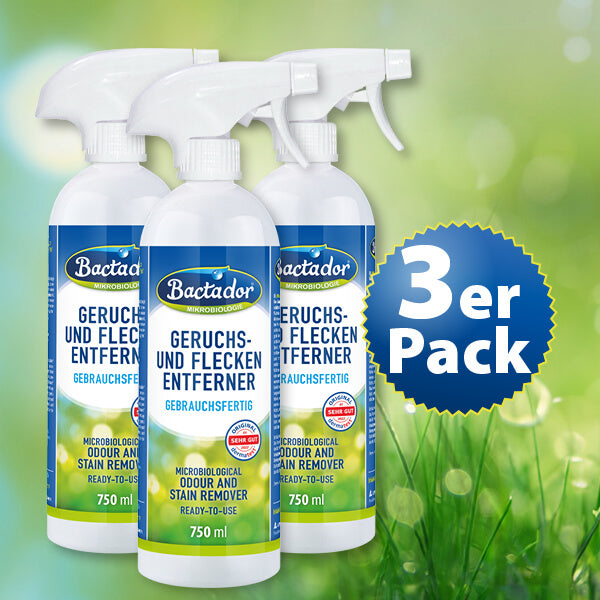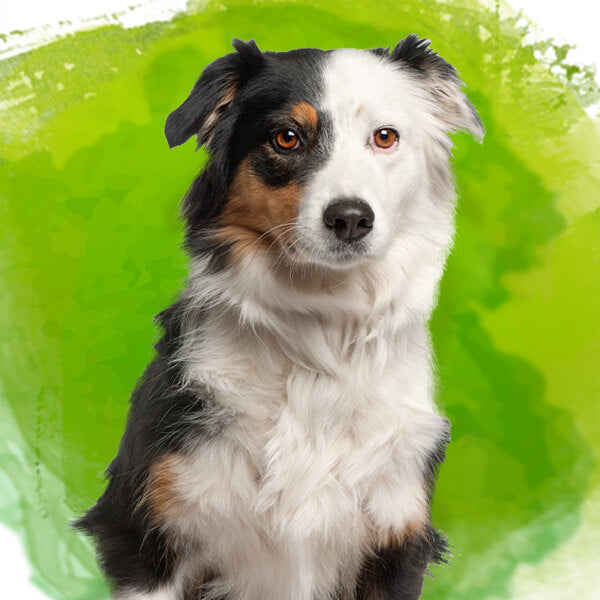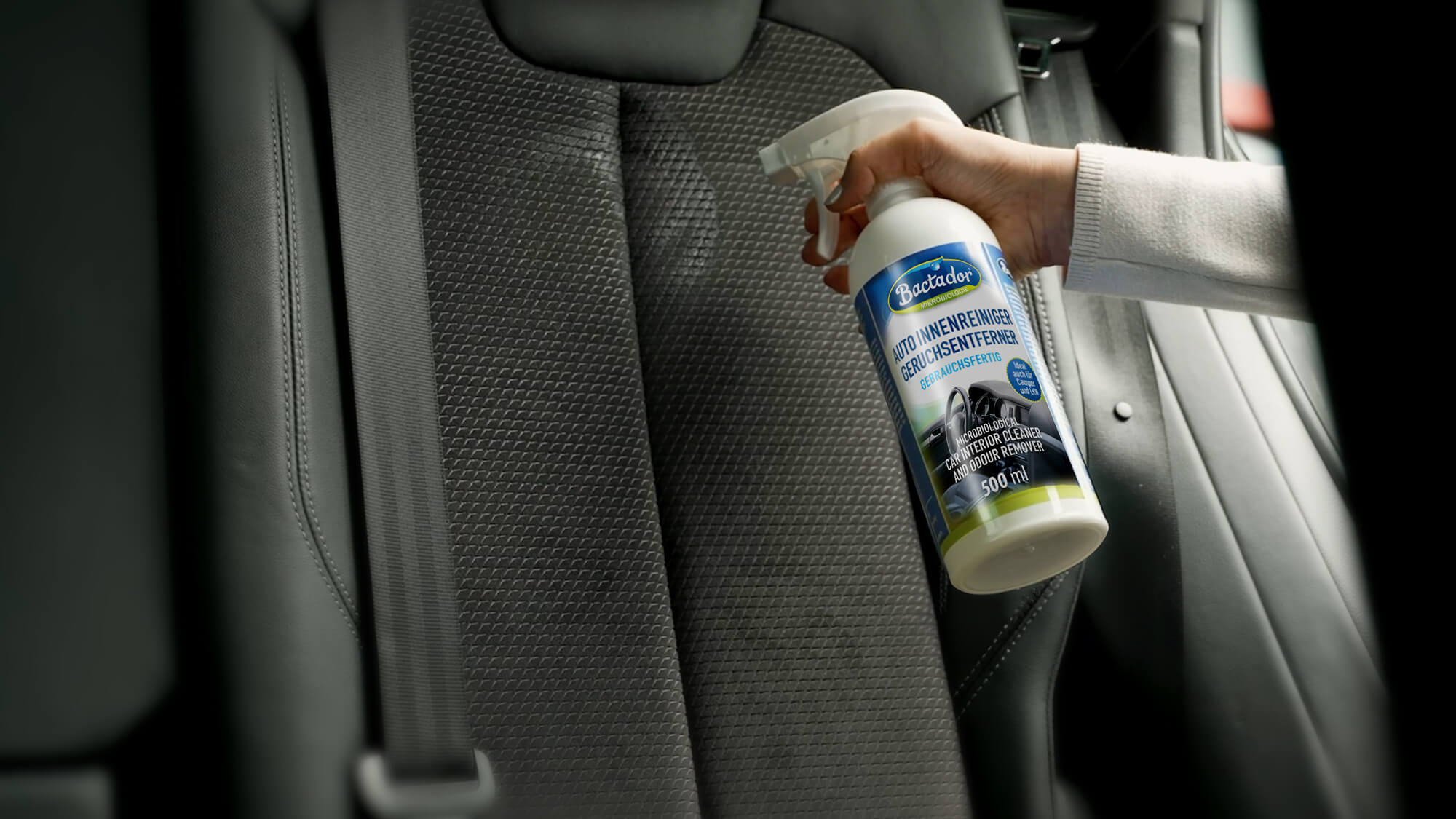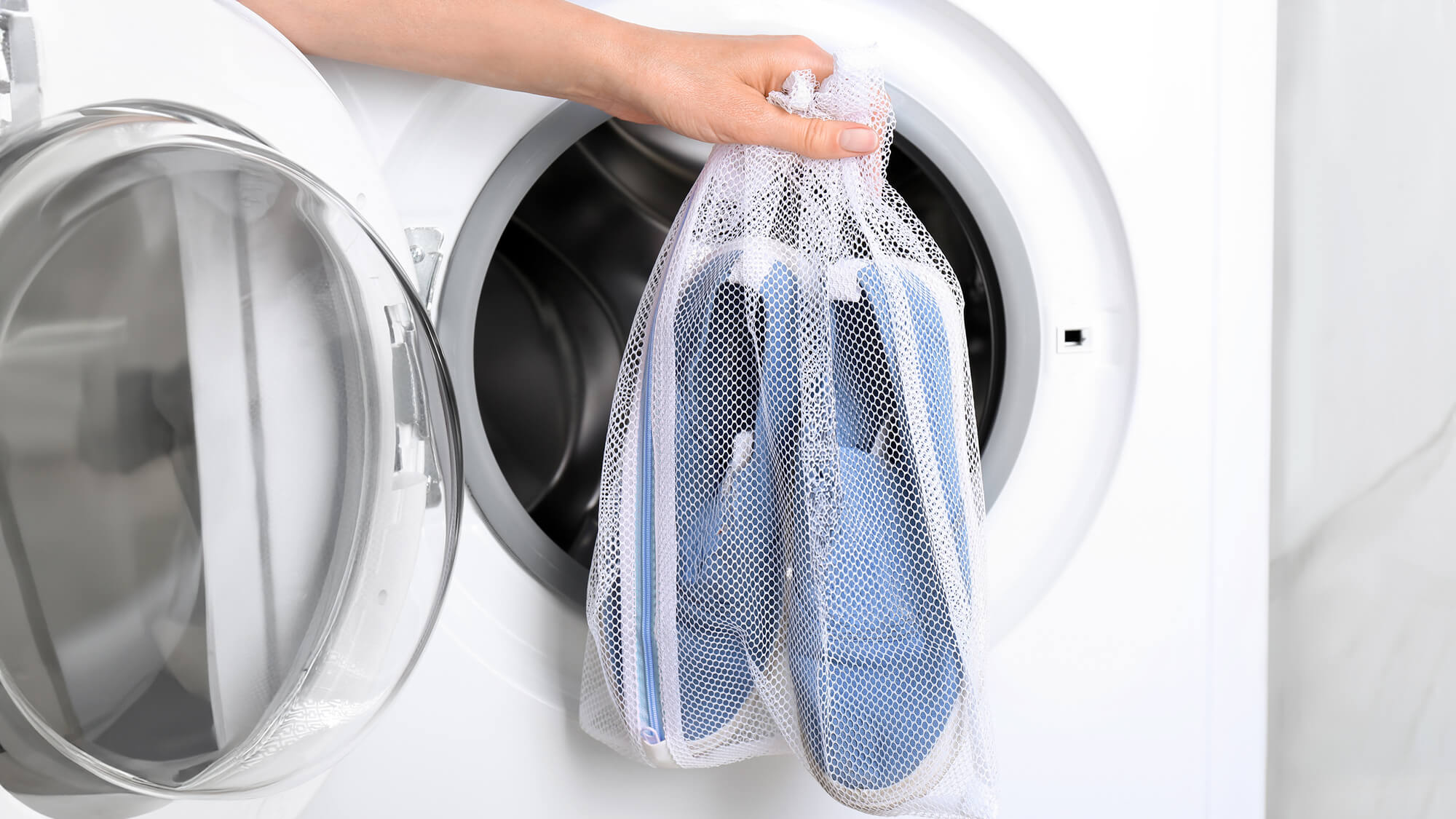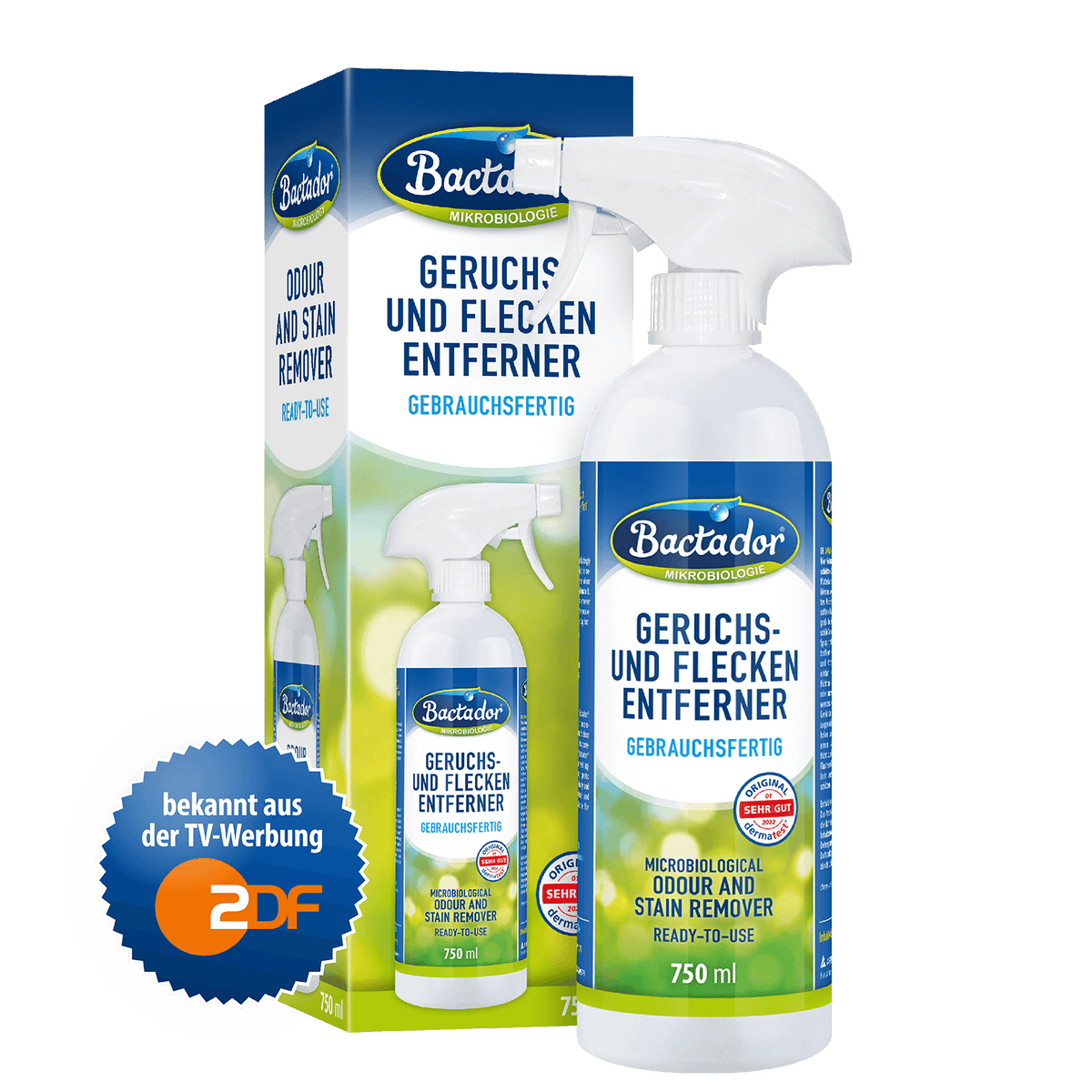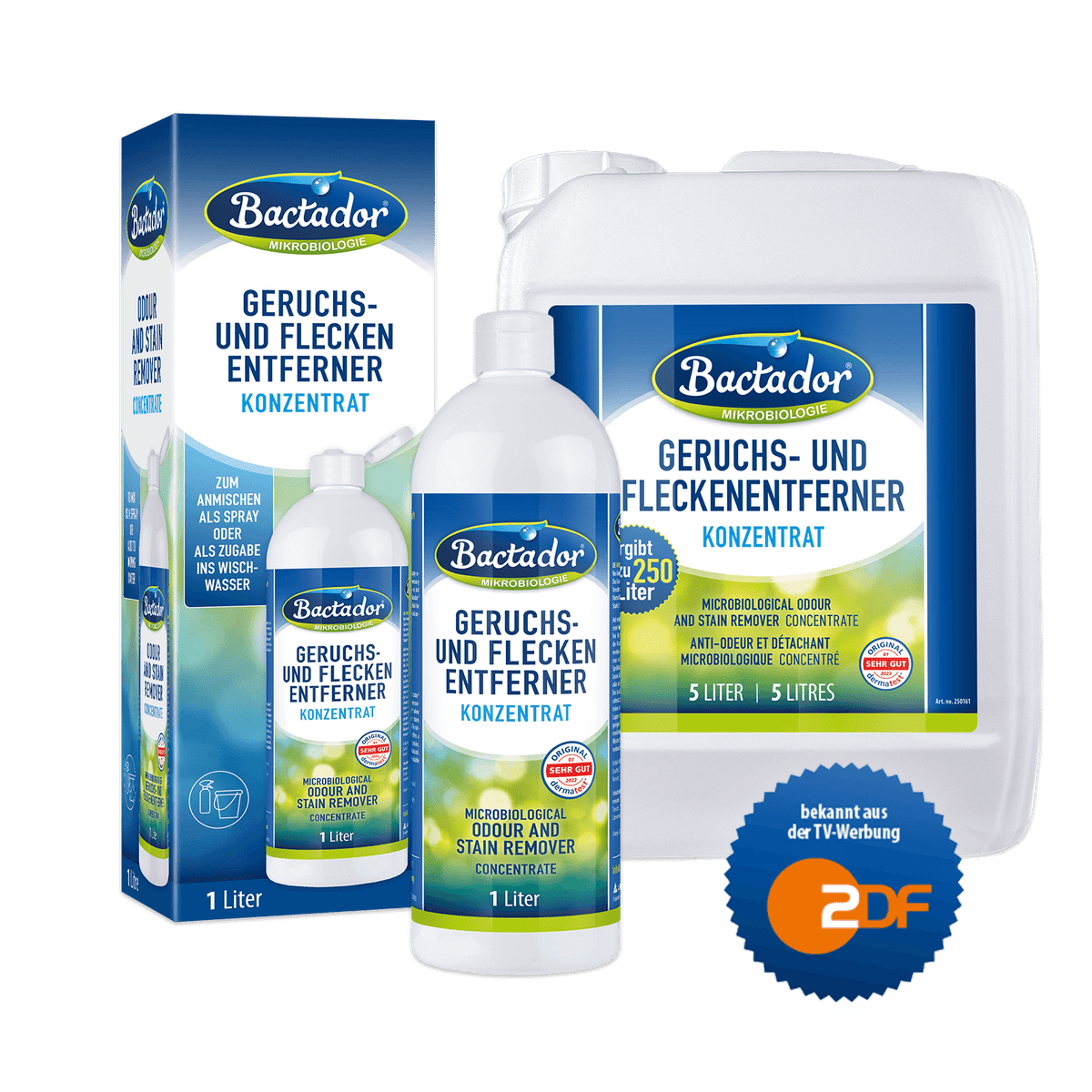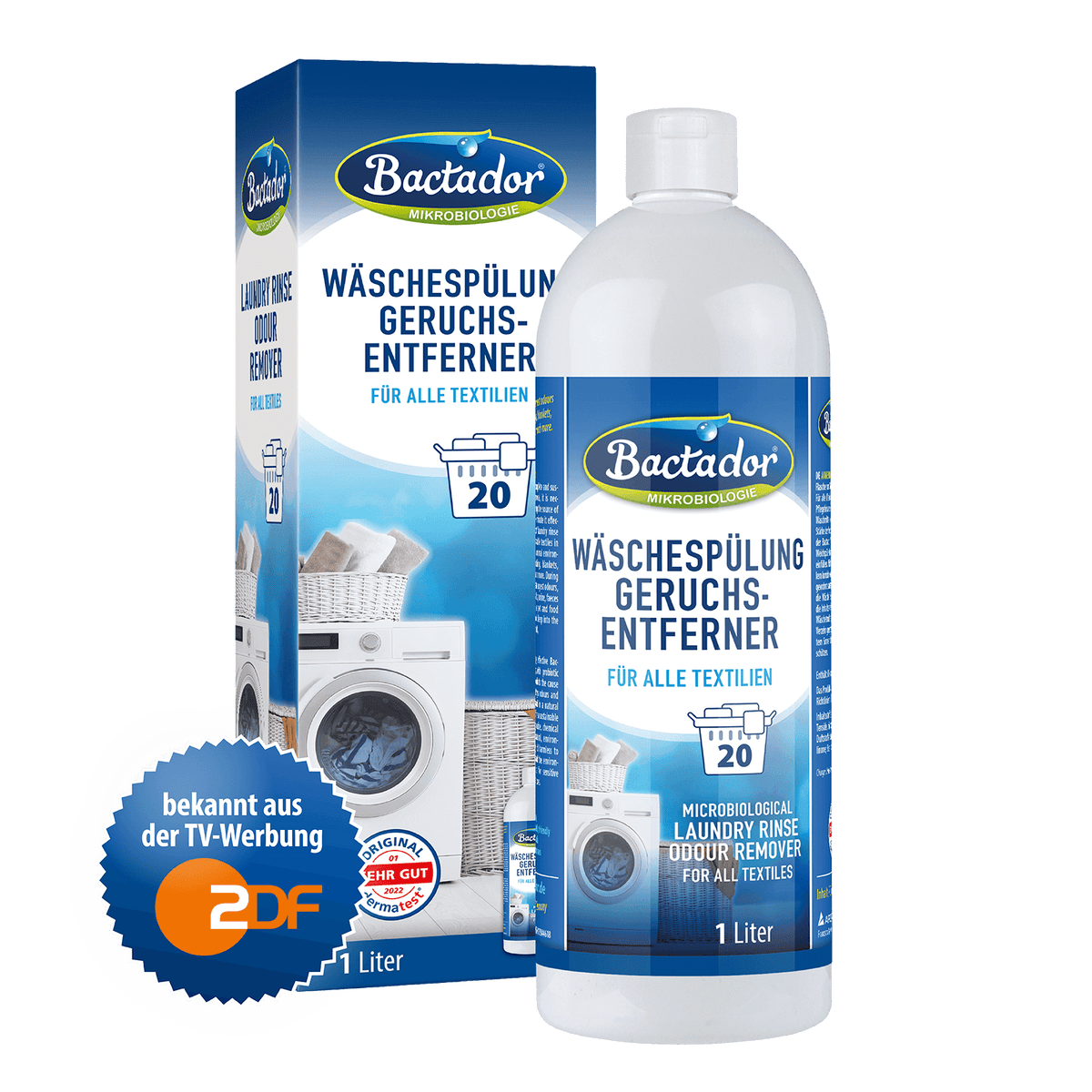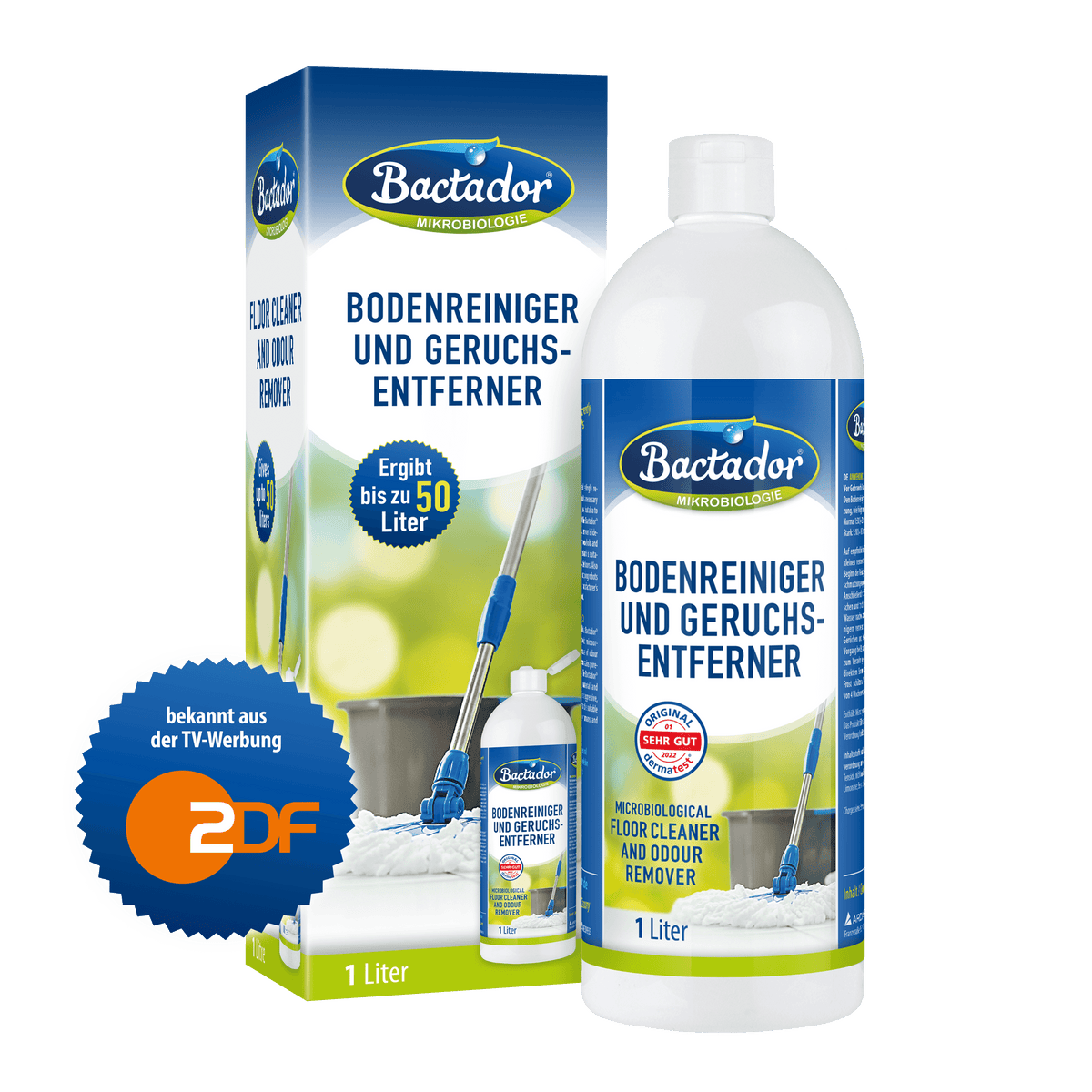Find faster,
what you are looking for:
- How can I wash stuffed animals?
- The right preparation
- With the washing machine?
- By hand
- Proper drying
- How often should I wash the stuffed animals?
- How do I clean stuffed animals without washing them?
- How do I get rid of parasites in stuffed animals?
How can I wash stuffed animals? – A step-by-step guide
Washing stuffed animals is easy if you follow the right steps. We'll show you how to get stuffed animals fresh and clean again in just three steps.
Step 1: Proper preparation
There are a few things you need to do before washing, regardless of whether you wash the stuffed animal in the washing machine or by hand .
Check for loose seams
Before washing your stuffed animal, check it for loose seams. A small tear can quickly turn into a large one , especially in the washing machine. If you discover loose seams, either repair them yourself or take the stuffed animal to a professional. This way, you can ensure it survives the wash cycle unscathed.
Remove individual parts
Before washing the stuffed animal, you should remove all removable parts. This includes clothing, accessories, and batteries . The washable parts can simply be washed separately.
Pretreatment of individual stains
Some stains are simply harder to remove than others, so it's helpful to pretreat them before washing.
Our tip: The Bactador odor and stain remover is perfect for deep odor removal and cleaning in between without subsequent washing .
Check care label
Before you begin, it's important to check the care label on the stuffed animal. This will provide valuable information about whether the stuffed animal can be simply put in the washing machine or whether it should be hand washed.

Washing stuffed animals in the washing machine
Here's what you should keep in mind when washing your cuddly toy in the washing machine:
Place in laundry net or pillowcase
To protect your stuffed animal, you should place it in a laundry net or pillowcase in the washing machine. This will protect it from the harsh drumming action of the washing machine.
The right washing program
The care label on the stuffed animal indicates the temperatures at which it can be washed. If there is no care label , we recommend a gentle wash cycle at 30 degrees . You should also generally avoid the spin cycle.
Cuddly toys made of wool, mohair or other natural materials should be washed at low temperatures using the wool cycle.
Can all stuffed animals be washed at 60 degrees? No, not all stuffed animals can be washed at 60 degrees. You can find the correct washing temperature on the care label. If there is no care label, you should wash stuffed animals on a gentle cycle at 30 degrees.
The right detergent
Choose the detergent based on the fabric and color of the stuffed animal. Follow the manufacturer's dosage instructions.
To truly and permanently remove even stubborn odors at any washing temperature, we recommend using our Bactador Laundry Rinse Deodorizer in addition to your detergent. Conventional detergents often only mask unpleasant odors with fragrances for a short time. The microbiological Bactador Laundry Rinse Deodorizer ensures lasting odor elimination and can be easily added to the fabric softener compartment.
You should generally avoid adding fabric softeners when washing your stuffed animal. These can build up in the fibers and make the stuffed animal less fluffy.

Hand wash
Many parents wash their babies' and children's stuffed animals with lukewarm water and mild shampoo, soap, or liquid detergent. The problem is that the soapy water can't penetrate deep into the skin and thus doesn't remove stubborn odors and stains. This results in only a superficial cleaning .
A more hygienic and easier way to clean your stuffed animal is with our Bactador Odor and Stain Remover Spray . Simply spray the stuffed animal with the spray and let it air dry. No rinsing is necessary afterward.
You don't need to worry if your child plays with the stuffed animal afterward . Quite the opposite: Bactador ensures long-lasting, hygienic freshness and is very suitable for humans. This is even dermatologically approved.
Important: In order for the Bactador microbiology to work and the ingredients it contains to remain active, no other cleaning agents may be used.
Proper drying
Proper drying is just as important as proper washing to extend the lifespan of your stuffed animal. Avoid using a dryer, heaters, or hairdryers. Direct sunlight could also damage the color and fabric.
It's best to air dry your stuffed animal at room temperature , especially if you've used Bactador laundry conditioner , so the biological microorganisms it contains remain active.
To speed up drying, you can gently squeeze out any excess water . Small and light stuffed animals can then be hung on the clothesline. Large and heavy stuffed animals are best placed on a towel. Keep in mind that the water will make the stuffed animal significantly heavier.
How do I make my stuffed animals fluffy again?
To make stuffed animals fluffy again after washing, it's best to dry them at room temperature. Once the stuffed animal is dry, you can lightly brush it with a comb or baby brush. It's also better to avoid adding fabric softener when washing and instead use Bactador odor-fighting conditioner in the fabric softener drawer.
How often should I wash stuffed animals?
To protect the color and fabric, you shouldn't wash the stuffed animal too often. Washing it every three to four weeks is usually sufficient.
However, your favorite stuffed animal is your everyday companion. Whether it's while eating spaghetti bolognese or playing in a puddle, you should remove any dirt quickly . To do this, you can simply wash the stuffed animal or give it a quick wash in between uses. This way, you can clean stuffed animals without washing them .

Do stuffed animals need to be washed before use?
New stuffed animals should be washed before use. This not only removes dirt, but also pollutants, dust, and harmful bacteria .
If the stuffed animal smells strongly in the store, you should refrain from buying it altogether. This could contain harmful substances that could trigger allergies or skin irritations in your child.
Special cases – cleaning stuffed animals without washing
These days, most stuffed animals can be put in the washing machine or are at least suitable for hand washing. But there are still some that require a different cleaning method. These include stuffed animals with batteries or older stuffed animals with straw or wood shavings.
With our Bactador Odor and Stain Remover, this is no problem. Simply spray the non-washable stuffed animal (avoiding the area around batteries or other electronics!) and let the Bactador microbiology work.
Can all stuffed animals be washed?
Most stuffed animals these days are washable. If you're unsure, the care label will tell you whether the stuffed animal is machine washable. If it's not, and you don't want to take any risks, you can use our Bactador Odor and Stain Remover to hygienically clean the stuffed animal and remove odors from the pores without washing it.
Mites, lice, etc. – how to get rid of the parasites
Wondering how to rid stuffed animals of dust mites and lice? It's quite simple. At least in theory. To do this, simply place the stuffed animal in the freezer for about 24 hours . The cold will kill the parasites. Afterward, you can simply wash the stuffed animal.
In practice, you'll have to somehow explain to your child why the stuffed animal can't be cuddled for the time being. A little story that might work: The stuffed animal had to go on an expedition to Antarctica. And when it returns, it'll surely have plenty of stories to tell.
